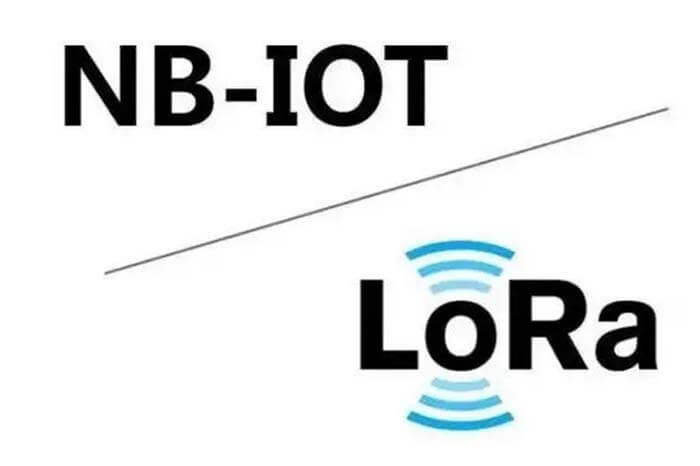
Narrowband IoT vs LorRaWan communication protocols, what is the difference between Narrowband IoT and LoRaWan technical standards?
Business decision-makers must use IoT to understand which industrial IoT connectivity protocols are worth investing in. This article provides a brief overview of Narrowband IoT vs Lorawan communication protocols.
What is the difference between Narrowband IoT and LoRawan?
LoRaWAN is a low-power IoT protocol that comprises the LoRa radio technology, allowing for open, reliable and economical network deployment.
By contrast, Narrowband IoT/NB-IoT is a licensed LTE radio technology offering low latency and strong security at a steeper price point.
The Narrowband IoT vs Lorawan communication protocol standard belongs to a larger technology group called LPWAN (Low Power Wide Area Network). According to Statista, Narrowband IoT and Lorawan are expected to account for about 85.5% of all LPWAN connections by 2023.
Narrowband IoT vs Lorawan, what is the difference in communication protocols?
LoRaWAN is an IoT network protocol offered by the LoRa Alliance that uses an unlicensed spectrum and allows virtually anyone to build their own network at a low cost.
LoRaWAN is designed to provide remote communication between widely deployed sensors and IoT gateways that can be deployed for 15-20km with bandwidths ranging from 0.3KBps to 50Kbps depending on environmental conditions. This scenario is beneficial for companies operating in remote areas such as mining operators, oil drilling, or construction.
Narrowband IoT and NB-IoT is the 3GPP standards organization’s licensed IoT protocol. It uses a licensed RF spectrum and can therefore only be used through the mobile operator’s network.
The main goal of the Narrowband IoT standard is to improve indoor coverage and support a large number of low throughput devices. This means that Narrowband IoT and its network architecture are better optimized for use cases such as wearable devices and smart buildings.
Narrowband IoT vs Lorawan Energy Consumption
Both Narrowband IoT and Lorawan end devices are designed with lower power consumption in mind. This is achieved by switching the end device to sleep mode when it is not running. However, LoRaWAN consumes less power than Narrowband IoT, making it a more viable solution that requires less end-device maintenance. In addition, the lower power consumption makes LoRaWAN more cost-effective than Narrowband IoT.
Because LoRaWAN consumes less power, it also has a longer battery life (15+ years versus 10+ years.) LoRaWAN is a top choice for companies offering energy-harvesting-powered IoT solutions.
This is one of the main arguments why LoRaWAN can be a better fit for industrial IoT applications such as manufacturing, mining, or oil, and gas deployments.
Many industrial deployments may be located in remote areas that are difficult to reach. If the maintenance of IoT end devices like sensors can be avoided, it will be ideal for these companies.
Narrowband IoT vs Lorawan Security
For customers looking for a more secure industrial IoT solution, it should be noted that Narrowband IoT is built on 256-bit 3GPP encryption, which is more secure than LoRaWAN and its AES 128-bit encryption.
It is always best practice to secure industrial networks, regardless of connectivity, by using certified devices and partnering with proven and trusted service providers.

Narrowband IoT vs Lorawan Summary
Narrowband IoT and LoRaWAN communication protocols standards currently dominate the IoT. network architectures for Narrowband IoT and LoRaWAN are designed with different applications, power performance needs, and security requirements in mind.
For industrial deployments, networks built on LoRaWAN are a more cost-effective option because you don’t have to lease RF spectrum from the network operator, and thanks to LoRaWAN, you can find many novel techniques to extend the battery life of sensors.
Besides this Narrowband IoT vs LoRaWan article, you may also be interested in the below articles.
What is the difference between WIFI and WLAN?
Summary of 41 Basic Knowledge of LTE
What Is The 5G Network Slicing?
